
| Recorded by: Mark Basinger and Donald Zepp on 2025-09-19
Richmond Co.
Comment: Ludwigia decurrens | 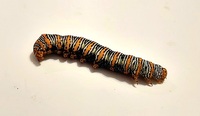
| Recorded by: Mark Basinger and Donald Zepp on 2025-09-19
Richmond Co.
Comment: |
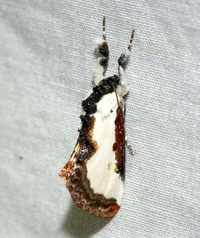
| Recorded by: Jeff Niznik, David George on 2025-05-09
Cumberland Co.
Comment: | 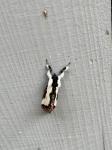
| Recorded by: S.Rogers, C. Hinson on 2025-05-05
Gates Co.
Comment: |
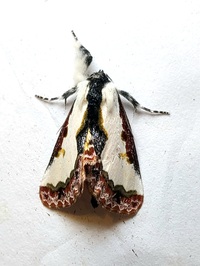
| Recorded by: Mark Basinger on 2025-04-25
Columbus Co.
Comment: | 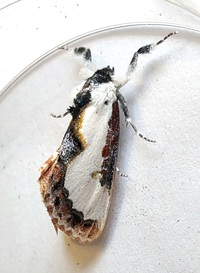
| Recorded by: Mark Basinger on 2025-04-19
Brunswick Co.
Comment: |

| Recorded by: Mark Basinger on 2024-06-20
Brunswick Co.
Comment: | 
| Recorded by: Mark Basinger on 2024-06-20
Brunswick Co.
Comment: |

| Recorded by: David George, L. M. Carlson on 2022-07-26
Greene Co.
Comment: | 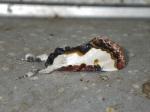
| Recorded by: j.wyche on 2017-09-04
Gates Co.
Comment: |
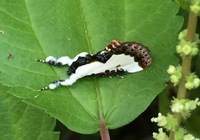
| Recorded by: Alicia Jackson on 2017-08-10
Tyrrell Co.
Comment: | 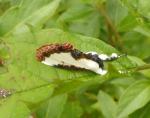
| Recorded by: F. Williams, S. Williams on 2017-05-24
Gates Co.
Comment: |

| Recorded by: Tracy S. Feldman on 2016-07-26
Scotland Co.
Comment: | 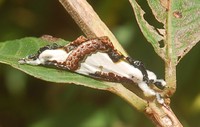
| Recorded by: Tracy S. Feldman on 2016-07-26
Scotland Co.
Comment: |
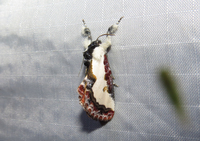
| Recorded by: Robert Gilson on 2016-05-12
Mecklenburg Co.
Comment: | 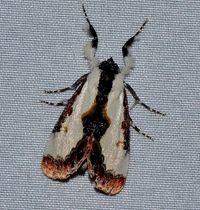
| Recorded by: Paul Scharf on 2013-09-11
Warren Co.
Comment: |
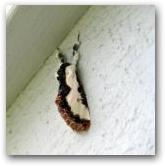
| Recorded by: T. DeSantis, F. Williams, S. Williams on 2009-08-24
Camden Co.
Comment: | 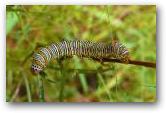
| Recorded by: FKW, SBW on 2007-09-16
Gates Co.
Comment: |
|

 »
»
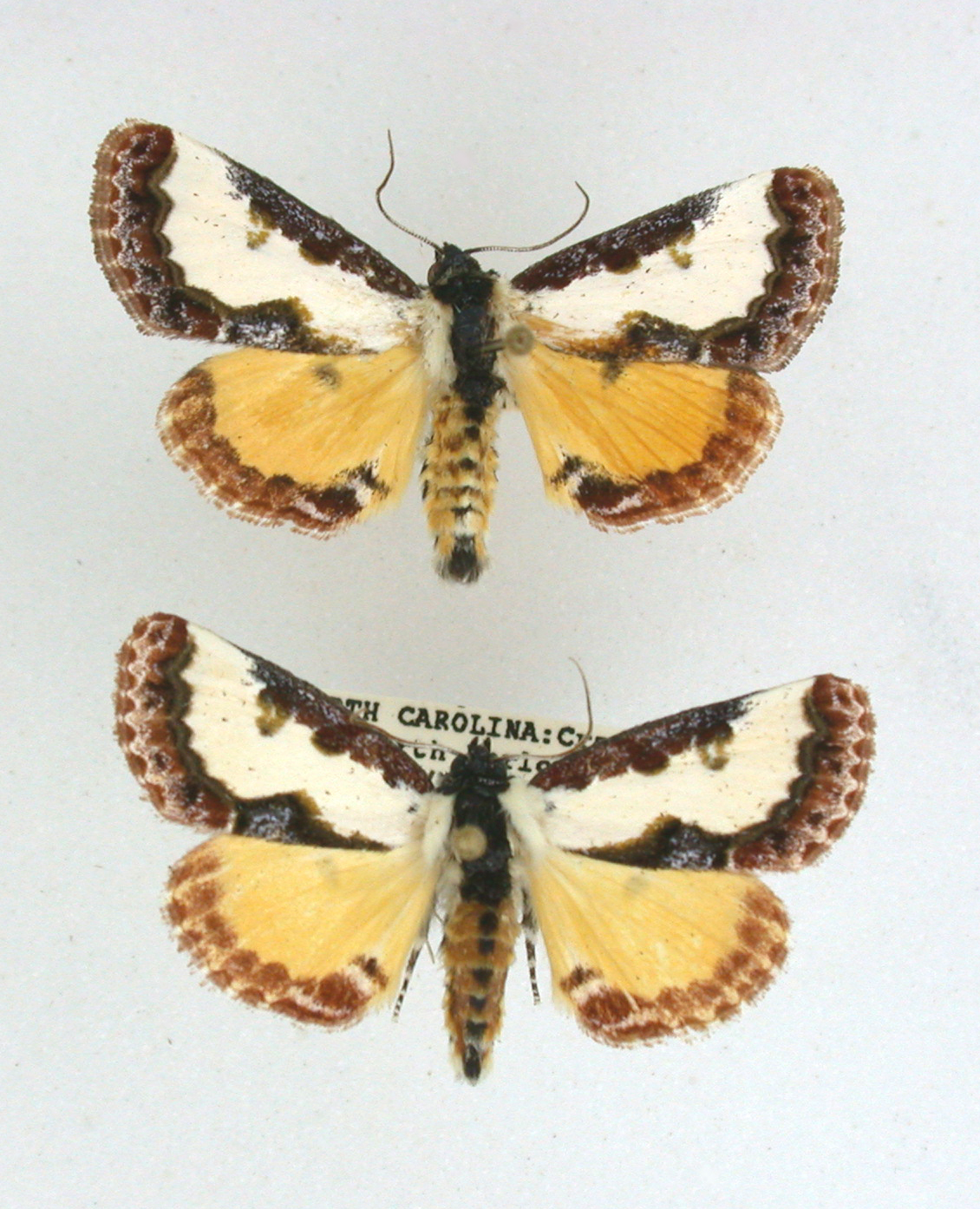



 »
»


